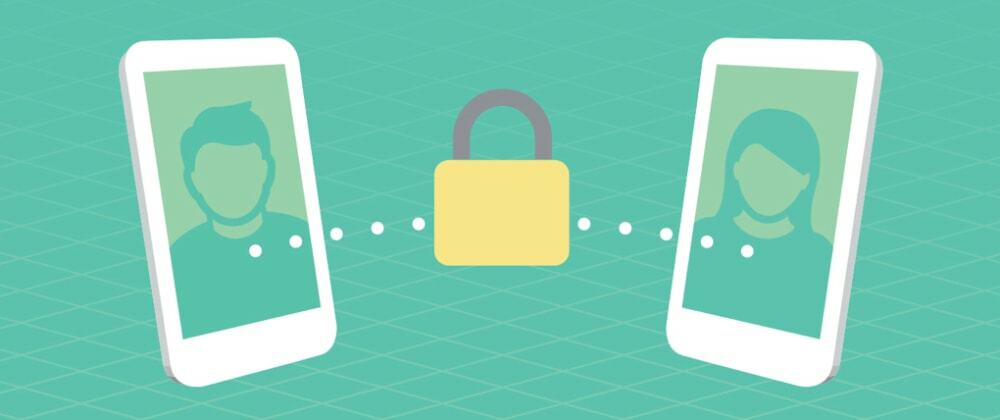This is a two part tutorial series for implementing End to End Encryption. If you haven't read the first part you are suggested read it before continuing. The second part will be focusing on encrypting any message between two users using the shared key generated in the first part.
Quick Recap
In the last blog we got a server up and running to generate the shared key using Diffie Hellman algorithm.
Generating the shared key
We would be using the requests module to fetch the keys. Let's generate the shared keys.
import requests
BASE_URL = "http://127.0.0.1:5000" # assuming the server is running locally
alice = requests.get(f"{BASE_URL}/generate-keys").json()
alice_private, alice_public = alice["private_key"], alice["public_key"]
bob = requests.get(f"{BASE_URL}/generate-keys").json()
bob_private, bob_public = bob["private_key"], bob["public_key"]
alice_params = {"local_private_key": alice_private, "remote_public_key": bob_public}
bob_params = {"local_private_key": bob_private, "remote_public_key": alice_public}
alice_shared_key = requests.get(
f"{BASE_URL}/generate-shared-key", params=alice_params
).json()["shared_key"]
bob_shared_key = requests.get(
f"{BASE_URL}/generate-shared-key", params=bob_params
).json()["shared_key"]
# alice and bob have access to the same shared key
assert alice_shared_key == bob_shared_key
print(alice_shared_key)
Adding the Cipher
Now that we have the shared keys, need a cipher to encode messages using the key. Let's use XOR Cipher for this purpose as it's easy to implement and secure as well.
def xor_encrypt_decrypt(message: str, key_string: str):
key = list(key_string)
output = []
for i in range(len(message)):
char_code = ord(message[i]) ^ ord(key[i % len(key)][0])
output.append(chr(char_code))
return "".join(output)
def encrypt(message: str, key: str):
return xor_encrypt_decrypt(message, key)
def decrypt(encrypted_message: str, key: str):
return xor_encrypt_decrypt(encrypted_message, key)
Testing out the End to End Encryption
It always a good practice to test out your code. We can test it out using the following snippet
message = "Random message"
encrypted_message = encrypt(message, alice_shared_key)
print(encrypted_message)
decrypted_message = decrypt(encrypted_message, bob_shared_key)
print(decrypted_message)
Project using this Implementation
Smartsapp
Web-app: https://smartsapp-ba40f.firebaseapp.com
 ruppysuppy
/
SmartsApp
ruppysuppy
/
SmartsApp
💬📱 An End to End Encrypted Cross Platform messenger app.
Smartsapp
A fully cross-platform messenger app with End to End Encryption (E2EE).
Demo
NOTE: The features shown in the demo is not exhaustive. Only the core features are showcased in the demo.
Platforms Supported
- Desktop: Windows, Linux, MacOS
- Mobile: Android, iOS
- Website: Any device with a browser
Back-end Setup
The back-end of the app is handled by Firebase.
Basic Setup
- Go to firebase console and create a new project with the name
Smartsapp - Enable
Google Analylitics
App Setup
- Create an
Appfor the project from the overview page - Copy and paste the configurations in the required location (given in the readme of the respective apps)
Auth Setup
- Go to the project
Authenticationsection - Select
Sign-in methodtab - Enable
Email/PasswordandGooglesign in
Firestore Setup
- Go to the project
Firestoresection - Create firestore provisions for the project (choose the server nearest to your location)
- Go to the
Rules…
Finding personal finance too intimidating? Checkout my Instagram to become a Dollar Ninja
Thanks for reading
Reach out to me on:









Top comments (0)